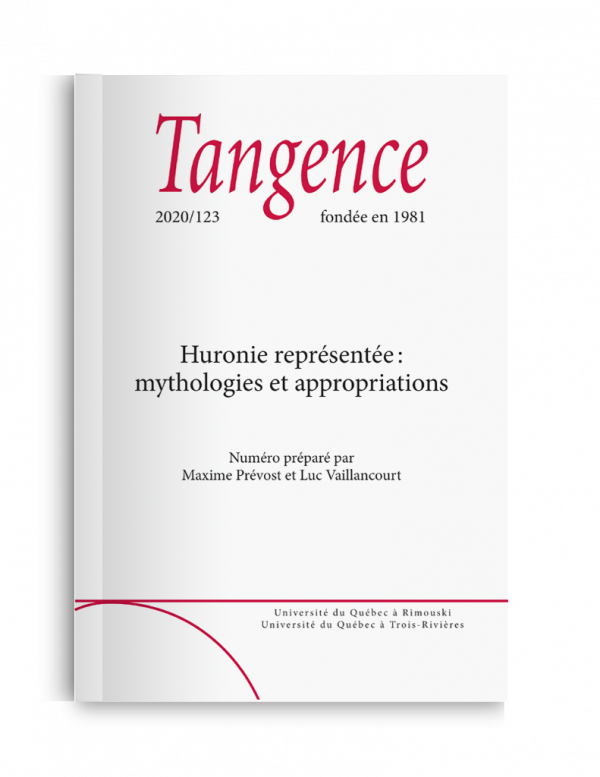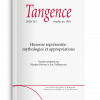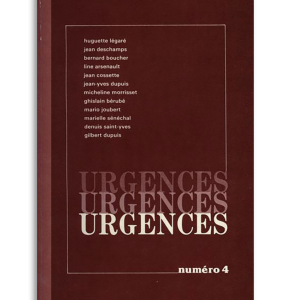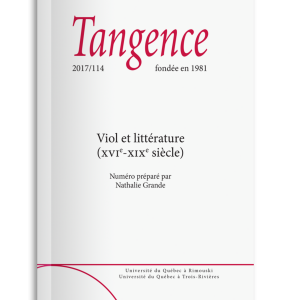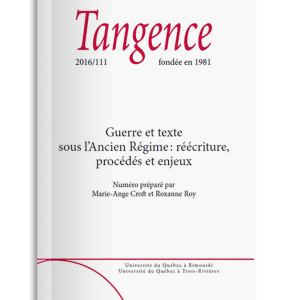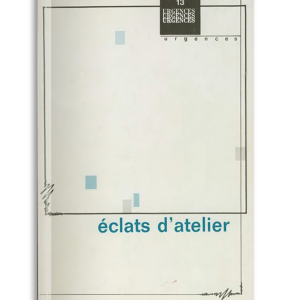“When I know how to speak Huron” : the Jesuits’ linguistic ambition
Luc Vaillancourt
After disembarking in New France with the aim of converting the “savages”, the missionaries were immediately faced with the radical otherness of the languages in use across the territory. They soon noticed the Amerindians’ predilection for figured speech, however, and deduced that, before rallying the natives to the faith, it would first be necessary to master their language. We suspect, then, that the conversion enterprise depended not only on learning languages, but also, and perhaps especially, on the Jesuits’ ability to assimilate the codes and usages of Amerindian eloquence. Now, did they really learn the Huron language or did they fantasize about it ? This article proposes to identify the resistance factors that reduced the Jesuits’ linguistic ambition to utopia.
Debates on religion in Huronia : When the evangelizers Gabriel Sagard and Jean de Brébeuf enter the scene
Marie-Christine Pioffet
The present article examines the theological skirmishes in Gabriel Sagard’s Histoire du Canada, published in 1636, and in the two Relations du pays des Hurons by Jean de Brébeuf in 1635 and 1636. It demonstrates that, in these conversations, the two missionaries attempt to neutralize those who resist their teaching by ridiculing the beliefs and repartee of their Huron interlocutors. The discussions, obviously biased in favour of the Europeans, constitute an easy way for these religious to achieve missionary consecration.
Discourses from above and discourses from below : Representations of Indigenous otherness and commonplaces revisited
Dominique Deslandres
To study French representations of Huronia and the Hurons in the old texts, I begin by emphasizing the reverse of Jesuit discursive construction via an analysis of “la vision de l’intérieur” (religious vision) that one finds in the prolific correspondence of Marie de l’Incarnation, founder of the Ursulines of Quebec. Next, to avoid the pitfalls of heterohistory, I change perspective by comparing the writings from above with those from below in an attempt to reconsider the commonplaces of the discursive and imaginary complex that perpetuate the divisions.
The sociogram of the “Indian” in James Fenimore Cooper and Jules Verne
Maxime Prévost
This study hypothesizes that the novels of James Fenimore Cooper constitute the foundation of the transatlantic imagination regarding the First Nations. The novel The Last of the Mohicans (1826), in particular, supposedly played a decisive role in the synthesis and dissemination of myths that inform the Euro-American conception of Indigenous populations. Cooper’s works thus present what social critics would term a “sociogram of the ‘Indian’” insofar as different ethnological realities are represented in contrasting ways, that is, at times negatively, at times positively. The result is that neither Leatherstocking Tales nor the novel Family without a Name (in which Jules Verne adapts and adjusts certain elements of Cooper’s novels to create a phantasmal image of Huronia) is a straightforward read. The essential matrix of what Georges E. Sioui calls “the Eurogen linear vision” is found in them nevertheless.
Louis Simonin, mining engineer and expert on the “red race”
Aldo Trucchio
Louis Laurent Simonin (1830-1886), a mining engineer and native of Marseille, was known to both the scientists of his time and the public at large for his travel writings and reporting on mines across the world. He was also a member of the Société d’anthropologie de Paris. One of his travel accounts is cited by Louis Figuier, the most widely-read science communicator of the period, as part of a comparison between the “red race” and prehistoric men. An analysis of this passage offers the opportunity to rethink the human sciences at the moment of their constitution and, more specifically, to identify the network of knowledge and power in which racism and colonialism are shown to constitute modern scientific discourse on man.

